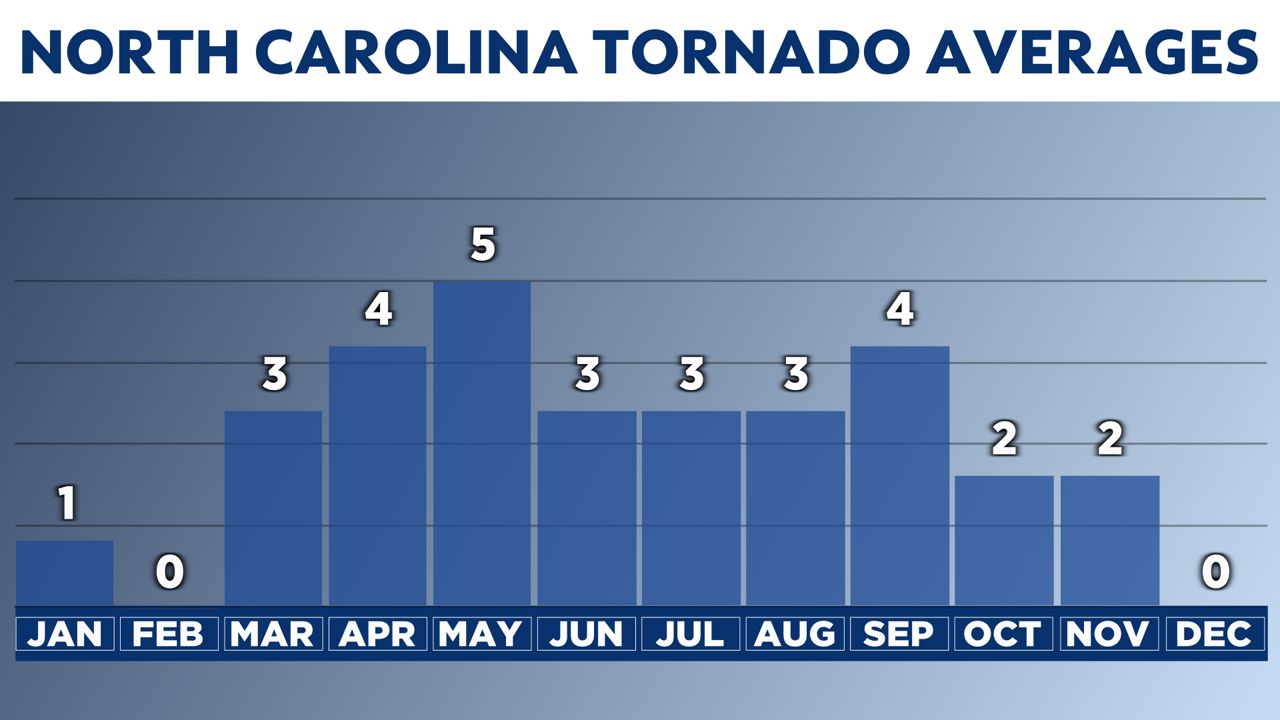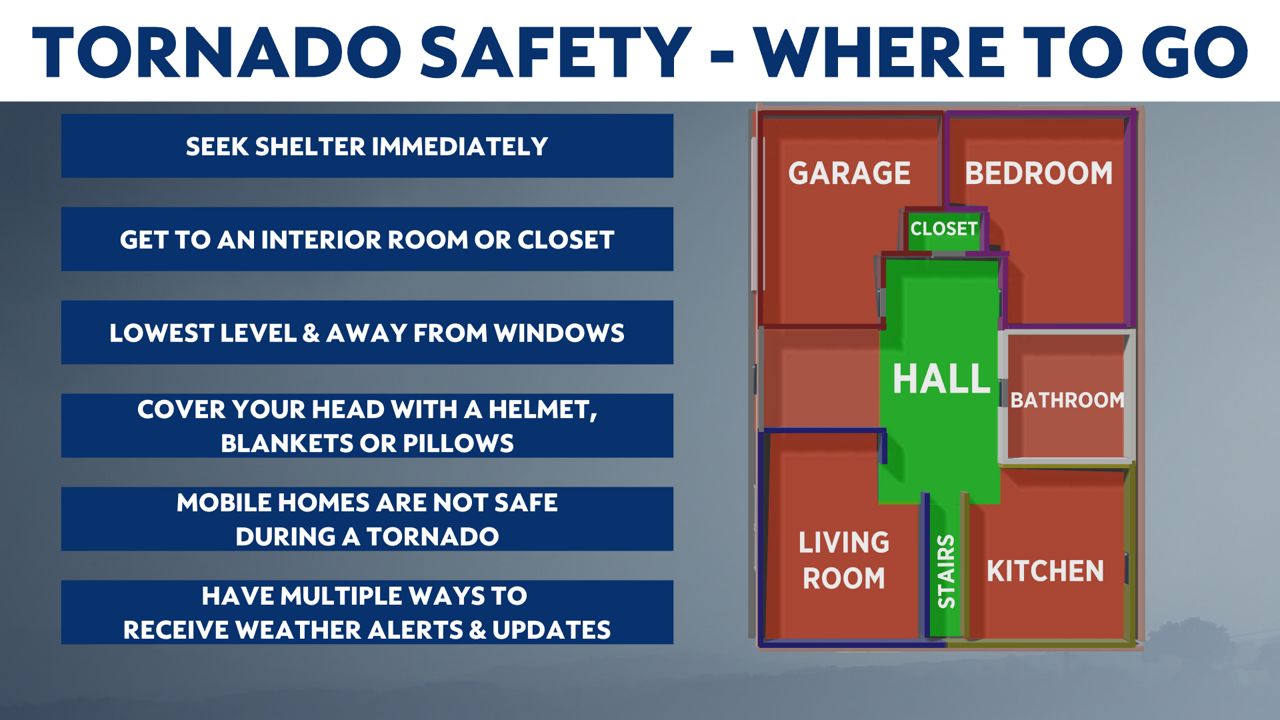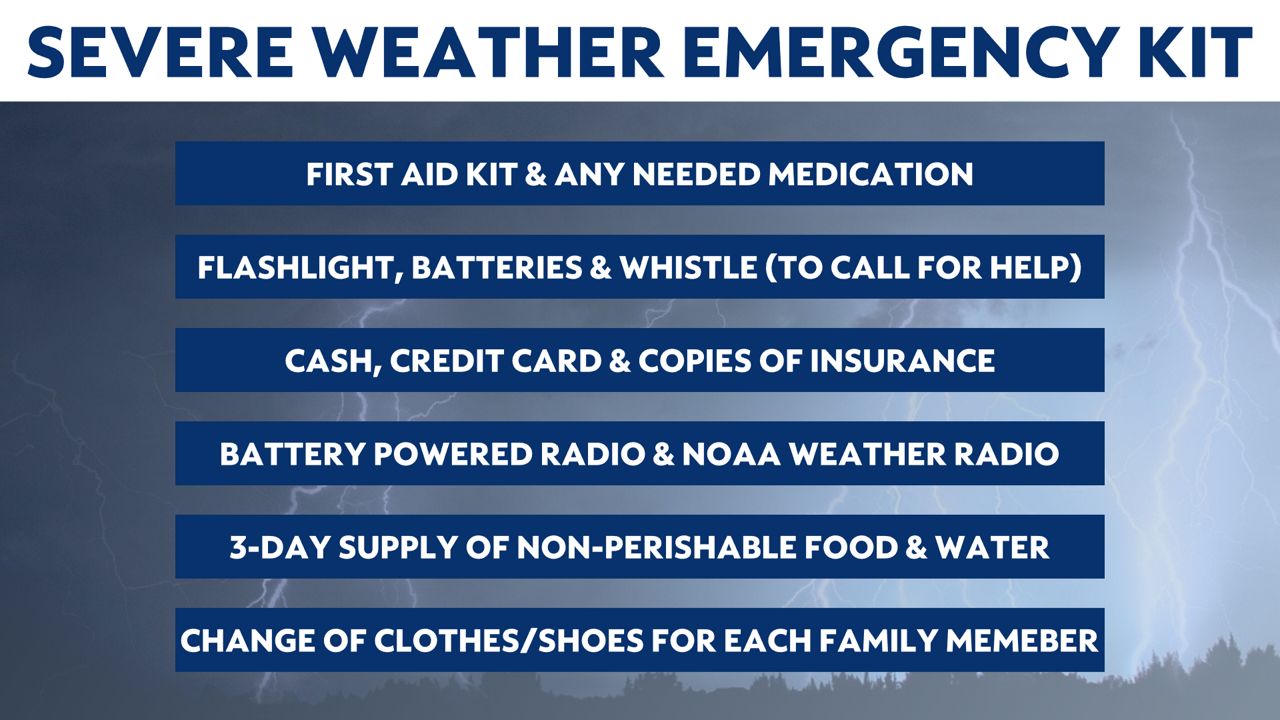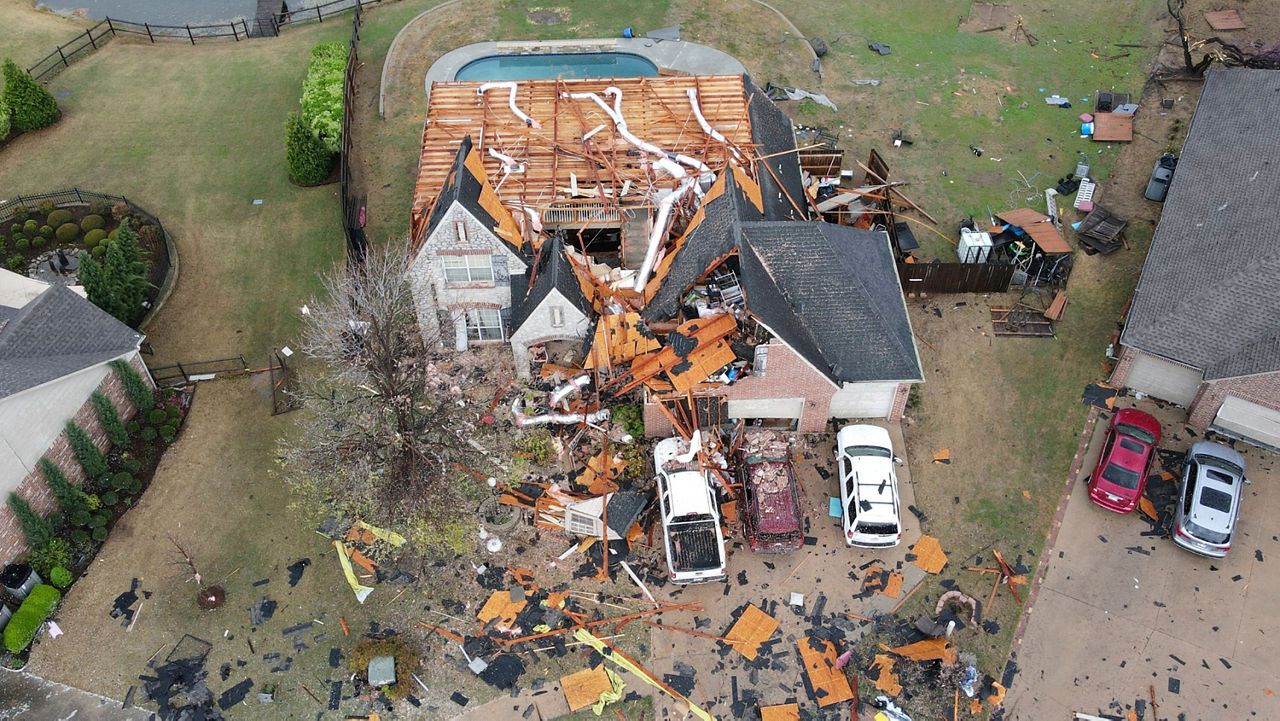Our weather started off a bit out of the ordinary this year, with winter storms impacting the state three weekends in a row. According to the North Carolina State Climate Office, it’s been 20 years since winter storms hit parts of North Carolina that frequently.
However, as we continue through February, the snowflakes of January are behind us and spring severe weather season will soon be upon us.
So far this year, we have already hosted a couple of marginal (low-end) threats for severe storms that thankfully did not produce any severe weather. However, the chance for severe storms will only increase over the next few months.
Meteorological spring begins on March 1, and astronomical spring begins March 20. The change into this warmer season also means the beginning of spring severe weather season.
March to June is a peak time for severe weather, with the most active time for tornadoes stretching from March to May.

North Carolina Severe Weather Preparedness Week is March 6-12 this year. The National Weather Service, along with its partners, which include your Weather on the 1s team, will focus in on daily topics to make sure you're ready for the upcoming severe weather season. Topics include flash floods, thunderstorm safety and tornado safety, including the statewide tornado drill on Wednesday, March 9.
On average, our state sees around 30 tornadoes each year, according to the State Climate Office. May averages the most tornadoes at five, followed by April and September tied for second with four each. March averages three tornadoes per year.
These numbers may surprise you, showing tornadoes are more common in North Carolina than you previously thought. With that in mind, do you know what to do in the event of an actual tornado? If not, review the graphic below that provides a generic home plan with tips on where to seek shelter and how to stay safe.

It's also wise to have an emergency kit in the event of a natural disaster like impactful weather. Your kit needs to include essential items that will help you during extended power outages, if your home suffers major damage or other resources like medicine, food or water are hard to come by.
The National Weather Service encourages all families to come up with a plan on how to respond to severe weather and be prepared to act on it in times of impactful weather.

There are several other preparations you can do besides creating a emergency kit. It's a common practice to trim tree limbs surrounding your home to limit tree damage during high winds. Also, find out if you're in a flood zone and make sure your home insurance covers flood/water damage, along with other severe weather hazards.
Over the coming weeks, we'll dive into more specific aspects of severe weather and safety. Until then, let this weather blog serve as a heads up that spring severe weather season is approaching and now is the time to prepare before the storm clouds roll in.









